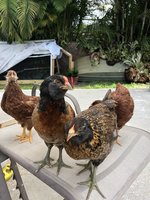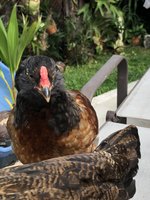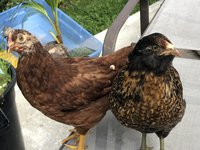Carmouche
Chirping
- Jul 27, 2018
- 24
- 73
- 54
View attachment 1488178 View attachment 1488169 View attachment 1488170 View attachment 1488172 View attachment 1488176 View attachment 1488178View attachment 1488172 Can anyone tell me if these are hens or rooster and how can you tell? They are 4 months old. ThanksView attachment 1488169






 They look to be females to me too.
They look to be females to me too.


